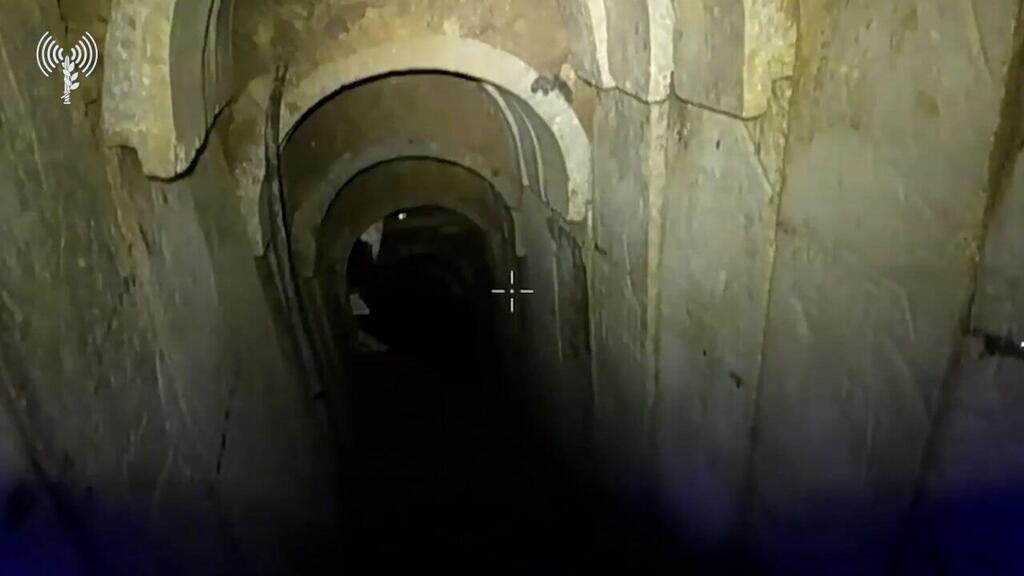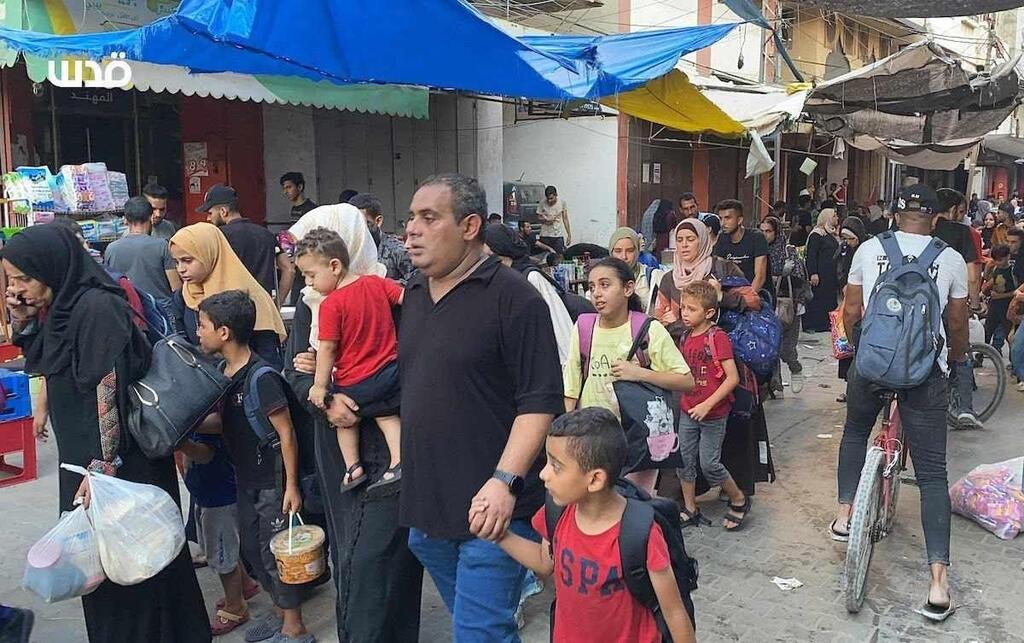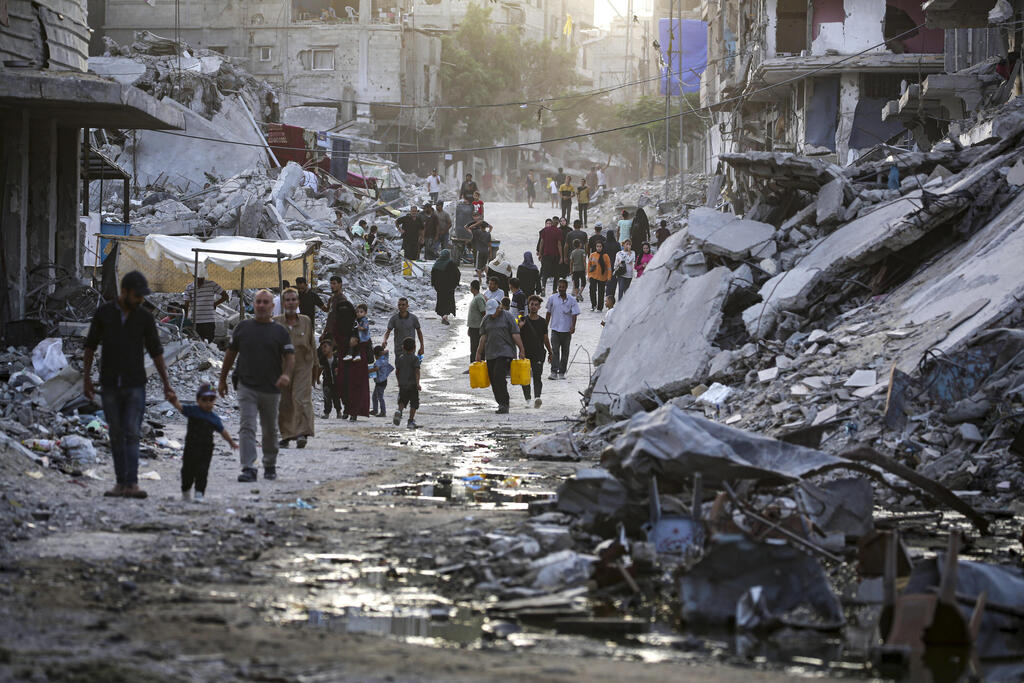Getting your Trinity Audio player ready...
A comprehensive investigation by The New York Times reveals Hamas' combat tactics in the Gaza Strip, which rely on guerrilla warfare and embedding itself among the civilian population.
The report, based on an analysis of Hamas battle videos and interviews with Hamas fighters and IDF soldiers, depicts a systematic exploitation of civilians and civilian infrastructure for military purposes, effectively blaming Hamas for the ongoing war, destruction, deaths and displacement in the region.
According to the report, Hamas uses an extensive tunnel network stretching hundreds of miles, surprising IDF commanders with its scope. These tunnels facilitate the movement of fighters and weapons across the territory without detection by Israeli forces.
Additionally, Hamas hides terrorists, tunnel shafts and ammunition depots in residential buildings, medical facilities, UN offices and mosques, intentionally blurring the line between civilians and combatants.
The report reveals that Hamas terrorists wear civilian clothes, sometimes sandals or tracksuits, before firing at IDF soldiers, attaching explosives to vehicles or launching rockets from civilian areas. They also booby-trap abandoned houses with explosives and lure soldiers into these buildings by leaving signs indicating the presence of belligerents.
Hamas' combat strategy includes using civilians, including children, as lookouts and informants. The organization marks houses used as weapons caches or tunnel shafts with agreed-upon signs, such as a red cloth hanging from a window or graffiti, to signal its operatives.
The report highlights that these Hamas tactics contribute to ongoing destruction and an ever-growing number of displaced persons in Gaza, noting that international law prohibits the use of civilian infrastructure for military purposes. According to the report, this strategy aims to prolong the fighting and intensify international criticism of Israel, even at the cost of ongoing harm to Palestinian civilians.
Israeli military officials claim that these tactics complicate combat operations and explain the extensive damage to civilian infrastructure. They state that they are forced to enter numerous homes and destroy civilian infrastructure due to the threat of booby traps and hidden weapons.
Senior Hamas officials denied some of the accusations. Mousa Abu Marzook, a senior Hamas leader based in Qatar, argued that criticism of Hamas for using civilian clothes and storing weapons in civilian homes diverts attention from Israel's actions in the Gaza Strip.
The report notes that despite the heavy civilian casualties in Gaza, Hamas' strategy has helped the organization achieve some of its objectives. The war damaged Israel's reputation in many parts of the world, deepened divisions within Israeli society and brought the question of Palestinian statehood back into global discourse.
Most importantly for Hamas, according to the report, its war doctrine has allowed it to survive. Hamas leader in Gaza Yahya Sinwar and most of his senior commanders are still alive (the article was published before Saturday's assassination attempt on Mohammed Deif, the supreme commander of the terrorist group's military wing).
Israel claims to have killed more than 14,000 out of 25,000 Hamas fighters—a number that cannot be verified and is disputed, but if accurate, suggests that thousands remain active.





